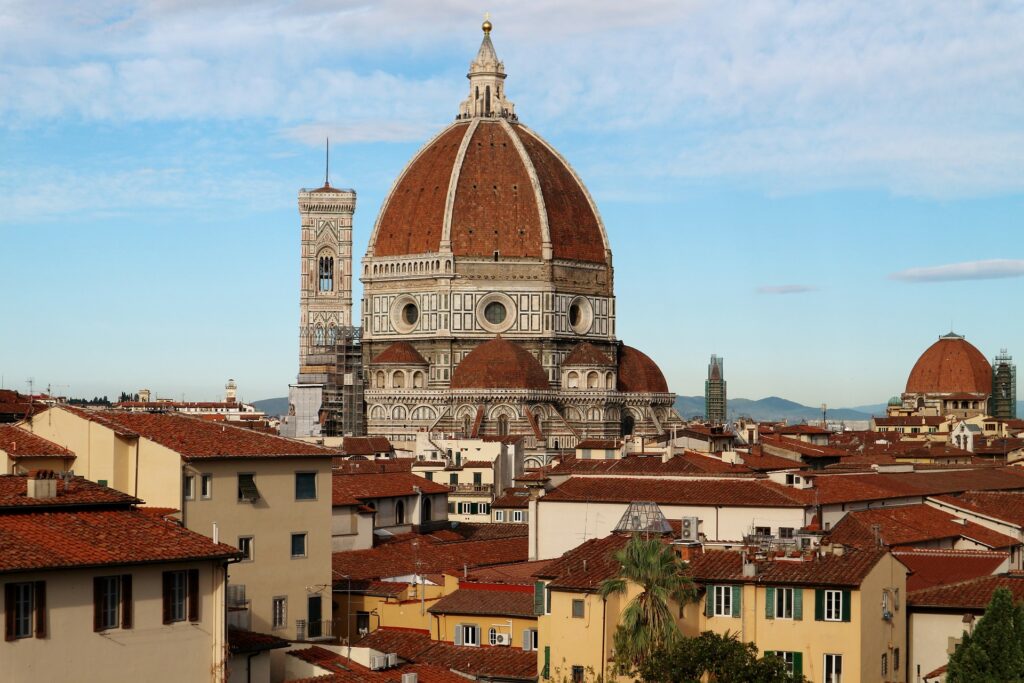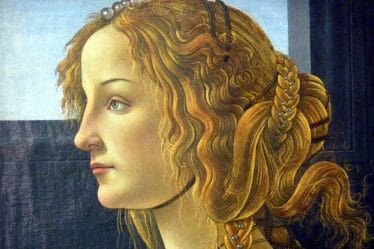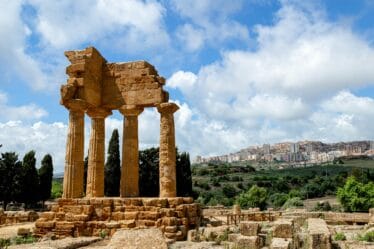

Florentine Humanist and Critic Giovanni di Gherardo da Prato stands out as one of the lesser-known yet intriguing voices of early Renaissance Italy. Born in Prato between 1360 and 1367, he was a multifaceted figure: jurist, mathematician, writer, and humanist. His intellectual pursuits placed him at the heart of the cultural revival that was flourishing in Florence at the dawn of the 15th century.
Florentine Humanist and Critic is a name that deserves more attention when discussing early interpretations of Dante and debates on Renaissance architecture.
A Voice for Dante in Florence
Between 1417 and 1425, Giovanni publicly read Dante’s Divine Comedy and moral canzoni in the cathedral of Santa Maria del Fiore, the heart of Florentine spirituality and politics. This act alone reveals his deep reverence for Dante Alighieri, a key figure of medieval and early humanist thought.
His readings placed him within a growing movement of scholars who used Dante’s work as a moral and philosophical compass during a time of social transformation.
Learn more about Dante and his influence here:
👉 Dante Alighieri on the World History Encyclopedia
The Paradise of the Alberti
However, Giovanni di Gherardo is best remembered for his vernacular romance, Il Paradiso degli Alberti. In this imaginative and philosophical narrative, he takes the reader on an imaginary journey through Crete, Cyprus, and Tuscany. Much more than a travel story, the book blends philosophical discourse and storytelling.
Within a villa belonging to the Alberti family, intellectuals, writers, and politicians gather to share novellas, historical reflections, and philosophical debates. It mirrors the spirit of Boccaccio’s Decameron, yet Giovanni adds a stronger emphasis on political thought and classical learning.
Discover the context of Giovanni’s humanist circle:
👉 Humanism in the Italian Renaissance – Britannica
Dantesque Inspirations
In addition to his prose, Giovanni authored the Philomena, a narrative poem in Dante’s terza rima, and a prose essay titled Trattato d’una angelica cosa. These works confirm his admiration for Dante’s literary structure and moral vision.
Through these writings, Florentine Humanist and Critic Giovanni positioned himself within the Dantesque tradition, not just as a reader, but as a creative voice adding depth and continuity to Dante’s legacy.
Controversy Over Brunelleschi’s Dome
Not only a writer, Giovanni was also involved in Florentine civic life. In 1420, he was appointed vice-supervisor of the dome (cupola) of Santa Maria del Fiore, working alongside famed sculptor Lorenzo Ghiberti. However, he famously clashed with Filippo Brunelleschi, the visionary architect behind the dome’s design.
In a document dated 1426, now preserved in the State Archives of Florence, Giovanni expressed sharp criticism of Brunelleschi’s techniques. He questioned the curvature of the vaults, the angle of the bricks, and feared structural collapse. To support his case, he cited the failed dome of the Siena Cathedral, using it as a cautionary tale.
You can explore more about Brunelleschi’s dome here:
👉 Brunelleschi’s Dome – Khan Academy
A Valuable Historical Source
Today, Giovanni’s technical memorandum remains a crucial source for historians and architects seeking to understand the fierce debates behind one of the greatest engineering feats of the Renaissance. His role as a Florentine Humanist and Critic underscores the fact that the Renaissance was not a time of universal agreement, but a dynamic arena of contested ideas and innovative risks.
By remembering Florentine Humanist and Critic Giovanni di Gherardo da Prato, we enrich our understanding of early Renaissance thought — a time when literature, architecture, and civic duty often collided in dramatic and lasting ways.



